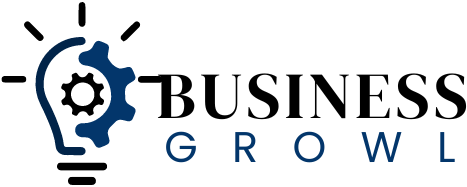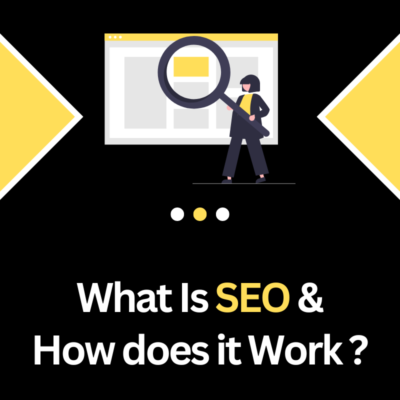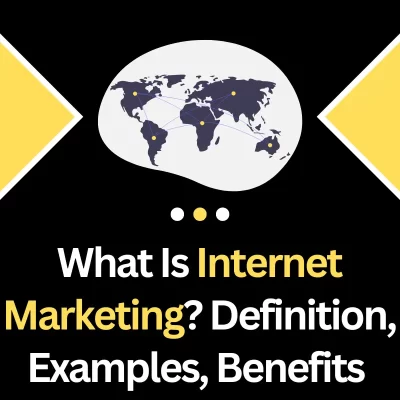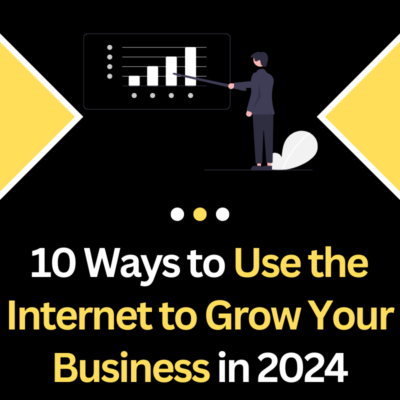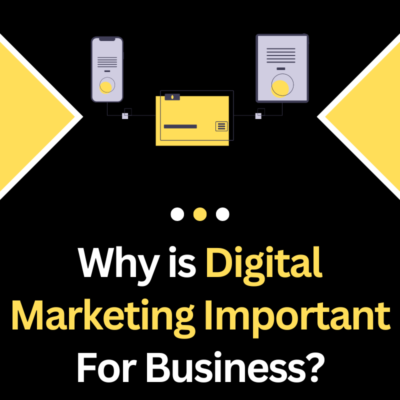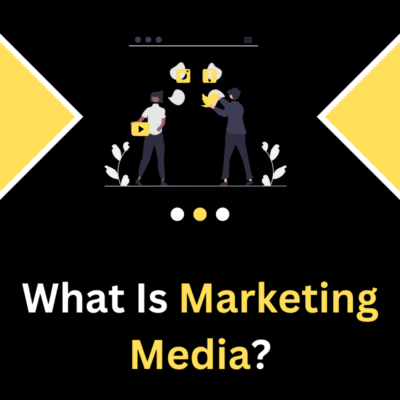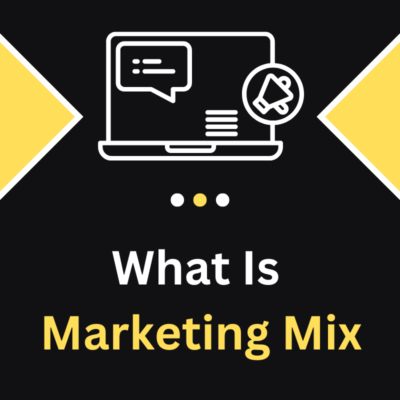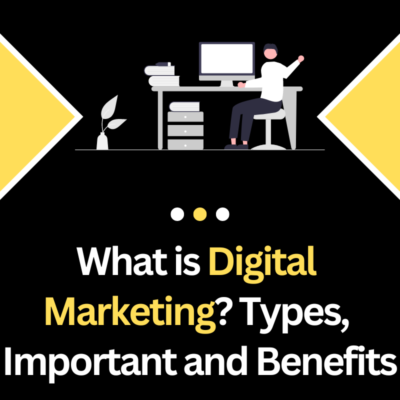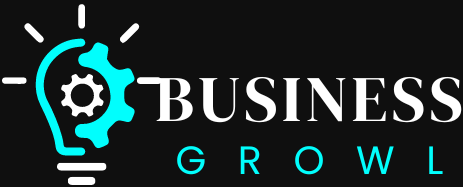12 Types of SEO | Top SEO Techniques to Increase Traffic in 2024
- July 23, 2024
- Uncategorized
Today we are going to talk about what is a search engine? Because even if you are going for an interview or will be training someone in future or if you work anywhere and tell the client that I want to do SEO of your website, then at least you should know what is SEO i.e. Search Engine Optimization? So see, Search Engine Optimization is made up of 2 words, the first is search engine and the second is optimization.
First let’s talk about search engine, so what is a search engine? Search engine is a software system which is made to search information from the World Wide Web i.e. Internet or to find information because as you know there are thousands of websites, millions of TB of data is lying, so a system has been made to find that data from somewhere and bring it, which we call search engine

Now let’s talk about optimization, what is optimization? Optimization means using something perfectly, so what we mean to say here is that in search engine optimization, we do the best optimization of the search engine, that is, we use the search engine in a better way for our benefit.
12 Types of SEO
There are a total of 12 types of SEO. A brief description and advantages of each are mentioned below.
1.On-page SEO (On-site SEO):
The optimization that is done on your website, on your web pages or you can say that the optimization that is in our control is called on-page SEO. The SEO that happens on your pages, whether I talk about its structure, that is, HTML or I talk about its content, those things that you can control are called on-page
SEO Focused Keyword Research:
Sure, while we communicate about “SEO keyword,” we’re referring to a selected word or phrase that people use when searching on search engines like Google. These keywords are strategically chosen and integrated into website content to attract organic traffic from search engine results pages (SERPs). The process of selecting and optimizing these keywords is called SEO (Search Engine Optimization) keyword research.
Here are some key points about SEO keywords:
- Relevance: Keywords must be relevant to your business, products, or services and should reflect what your audience is searching for.
- Search Volume: It’s important to choose keywords with sufficient search volume. Tools like Google Keyword Planner can estimate how often a keyword is searched.
- Competition: Consider the competition level for each keyword. Highly competitive keywords may be harder to rank for initially, so it’s often beneficial to target a mix of high- and low-competition keywords.
- Long-Tail Keywords: These are longer and more specific keyword phrases that typically have lower search volume but higher conversion rates because they target users who know exactly what they are looking for.
- Intent: Understanding user intent behind keywords is crucial. Keywords can indicate whether users are looking for information, want to make a purchase, or have another goal in mind. Your content should match and fulfill that intent.
- Optimization: Once you’ve chosen your keywords, they should be strategically placed in your website’s content, including headings, meta tags, and throughout the text. However, avoid keyword stuffing, as this can negatively impact your site’s ranking.
Meta Title:
An SEO title, also known as a meta title or page title, is an HTML element that specifies the title of a web page. This is clearly visible on search engine results pages (SERPs) as a clickable title for a given result. Here are the main things to consider when creating effective SEO headlines:
- Relevance: The title should accurately describe the content of the page and be consistent with the users’ required attention.
- Keyword Placement: Add relevant keywords to the beginning of the title. This helps search engines understand the title of your page and allows them to improve the ranking for those keywords.
- Length: Google usually specifies the first 50-60 characters of the title tag. Aim to keep your headline that way to ensure it shows up fully in search results.
- Engagement: Create a headline that entices users to click through to your website. Use persuasive language that stirs interest or clearly communicates the benefits of visiting your page.
- Brand: If possible, put your brand name at the end of the title, especially for pages that represent your brand or business.
- Elephant: Each page on your website should have a unique title that accurately reflects its content. Avoid duplicating headings on different pages.
- Formatting: Use proper capitalization and punctuation to make your headline clear and readable. Avoid using too many different colors or all hats.
Creating an effective SEO headline involves understanding your audience, choosing the right keywords, and optimizing for search engines and user engagement A well-crafted headline can make an impact great on both click-through rates and SEO performance.
Meta Description:
In SEO, a meta description refers to an HTML attribute that provides a summary of a webpage’s content. On search engine results pages (SERPs), SEO appears under the title (or page header). Here are some guidelines for writing an effective meta description.
- Length: Keep your meta description between 150-160 characters. Google usually cuts off descriptions longer than this.
- Relevance: Clearly summarize the content of the page. Include relevant keywords that users can search for, but avoid keyword stuffing.
- Engagement: Write a compelling description that encourages users to click on your link. Emphasize unique selling points or benefits to attract leads.
- Call-to-Action (CTA): Alternatively, include a call-to-action to prompt users to take a specific action, such as “learn more,” “shop now,” or ” register today.”
- Description Accuracy: Make sure your meta description accurately reflects the content on the page. Misleading descriptions can increase bounce rates and hurt the user experience.
- Uniqueness: Every page on your website should have a unique meta description. Avoid duplicating descriptions on different pages.
- Formatting: While HTML tags like <strong> or <em> are not used directly in meta descriptions for SEO, you can use pipes (|) or dashes (-) to separate ideas or sections of description in the 1990s
- Preview: Use tools like Google’s SERP preview tool in Google Search Console to see how your meta description appears in search results and make adjustments accordingly.
Creating effective meta-descriptions can improve your click-through rate (CTR) from search engine results, which in turn can positively impact your SEO efforts by reporting them to search engines as your content is relevant and appealing to users so
Content Quality:
sure! When it comes to content quality for SEO (Search Engine Optimization), several key factors are important:
- Relevance: Make sure your content is closely aligned with your target audience’s search ideas. They should directly address the issue or question under investigation.
- Originality: Create unique content that offers something new or gives a new perspective. Avoid duplicating content from other sources, as this can hurt your SEO efforts.
- Depth and breadth: High quality content is comprehensive and informative. Aim to cover the topic in sufficient detail, answer common questions and provide valuable insight.
- Readability: Make your content easy to read and understand. Use clear language, break up long paragraphs and use titles, tables of content, and images to enhance readability.
- Keyword Optimization: Add natural keywords to all your content. Focus on usage throughout the title, title, and main text, but avoid keywords.
- Power: Establish credibility by including references, data, and links to popular sites. This helps build trust between users and search engines.
- Partnership: Create content that encourages interaction and engagement. This may include asking questions, prompting comments, or providing opportunities for further exploration through relevant information or resources.
- Mobile Optimization: Make sure your content is mobile friendly, as a significant portion of web traffic comes from mobile devices. This includes implementing an active system and creating optimal load times.
- Constantly Updated: Keep your content fresh and relevant. Periodically update older items to reflect changes in the industry or add new information.
Link Building:
Linking for on-page SEO refers to the practice of strategically placing internal and external links on your websites to improve search engine rankings and enhance user experience Here are the basic ideas for effective linking:
- Internal Links:
(a) Purpose: Internal links connect different pages in your website. They help search engines understand your site’s structure and allocate page authority (ranking power).
(b) Anchor Text: Use descriptive anchor text (clickable text of the link) including relevant keywords. This helps users and search engines understand the content of the linked page.
(c) Hierarchy: Link to important pages frequently and strategically within your content hierarchy. Important pages should have more internal links than less important pages.
(d) Contextual Relevance: Link naturally in your content. The context of the link should be relevant to the topic in question.
- External links:
(a) Relevance and Authority: Links to powerful external resources that provide additional value and credibility to your content. These links can improve the power of your content in the eyes of search engines.
(b) Trusted sources: Choose reputable websites and sources. Avoid linking to poor quality or spammy websites, as this can negatively affect the credibility of your own site.
(c) Anchor Text: Use descriptive anchor text for external links as well. Avoid overly customized anchor text and focus on providing useful information to your readers. - Good Practices:
(a) Natural Integration: Include links naturally in your content. They should add value to the reader’s experience and not interrupt your flow of information.
(b) Avoid Over-Linking: Don’t be too li
Images:
For on-page SEO, images play an important role in improving user experience, improving page load speed, and providing additional opportunities for optimization here’s how you can optimize images for on-page SEO:
- Filename: Use a descriptive filename with valid keywords. For example, use “on-page-seo-tips.jpg” instead of “IMG12345.jpg”.
- Alt Text: Provide additional clear and concise text (alt text) for each image. Alt text helps search engines understand the content of an image and makes it more accessible for the visually impaired. Include nature-related keywords in the alt text, but avoid keywords.
- Image Size and Compression: Resize the image file without compromising its quality. Large image files can slow down page loads, negatively affecting user experience and SEO. Compress images with tools while maintaining acceptable quality.
- Illustration: Strategically insert images into your text to break up text and improve readability. Consider bringing important images closer to context and using them to enhance the context of your content.
- Captions and Context: When appropriate, use captions to provide additional context for images. Search engines can search text to help understand your content.
- Responsive Design: Make sure images are responsive and fit well on screen size devices. Functional graphics contribute to a better user experience, especially on mobile devices.
- Image Sitemap: Add images to your XML sitemap to ensure it gets indexed by search engines. This helps search engines find and display your images in relevant search results.
- Schema markup: Valid schema markup
URL Structure:
URL structure plays an important role in on-page SEO because it affects the user experience and how search engines find your pages relevant. Here are some key considerations for optimizing URL design for SEO:
- Keep the URL relevant and descriptive:
– URLs must accurately reflect the content of the page. Use descriptive keywords that indicate the title of the page.
– Avoid generic URLs with numbers or strings that don’t make sense. Use “example.com/on-page-seo-tips” instead of “example.com/page?Id=123”. - include targeted keywords:
– Add natural keywords to the URL, preferably towards the beginning. This helps users and search engines understand the content of the page.
– Make reading sustainable by using a dash (-) to separate words. For example, “example.com/seo-best-practices” is better than “example.com/seobestpractices”. - Keep the URL short and simple:
– Short URLs are easy to read, share and remember. Target short URLs that convey the main title of the page.
– Avoid unnecessary words, parameters, or session IDs in URLs that help to understand the content. - Use a static URL:
– Prefer static URLs over dynamic ones whenever possible. Static URLs are user-friendly and easy for search engines to crawl.
– Dynamic URLs often include parameters such as session ID or query string (e.g., “?page=123”), which can be less than SEO-friendly if not maintained properly - Avoid keywords:
– While it is important to include keywords, avoid inserting them into the URL unnaturally. Used without sacrificing readability, it makes sense and provides context. - Legitimate URL:
– Used as canonical URLs pointing to the desired version of the page
2. OFF-PAGE SEO (OFF SITE SEO)
Off-Page SEO refers to activities you can perform behind the scenes of your website to improve its search engine ranking. These activities typically focus on backlinks (links to you from other websites) and increasing the authority, usefulness and credibility of your website in the eyes of Google and other search engines
